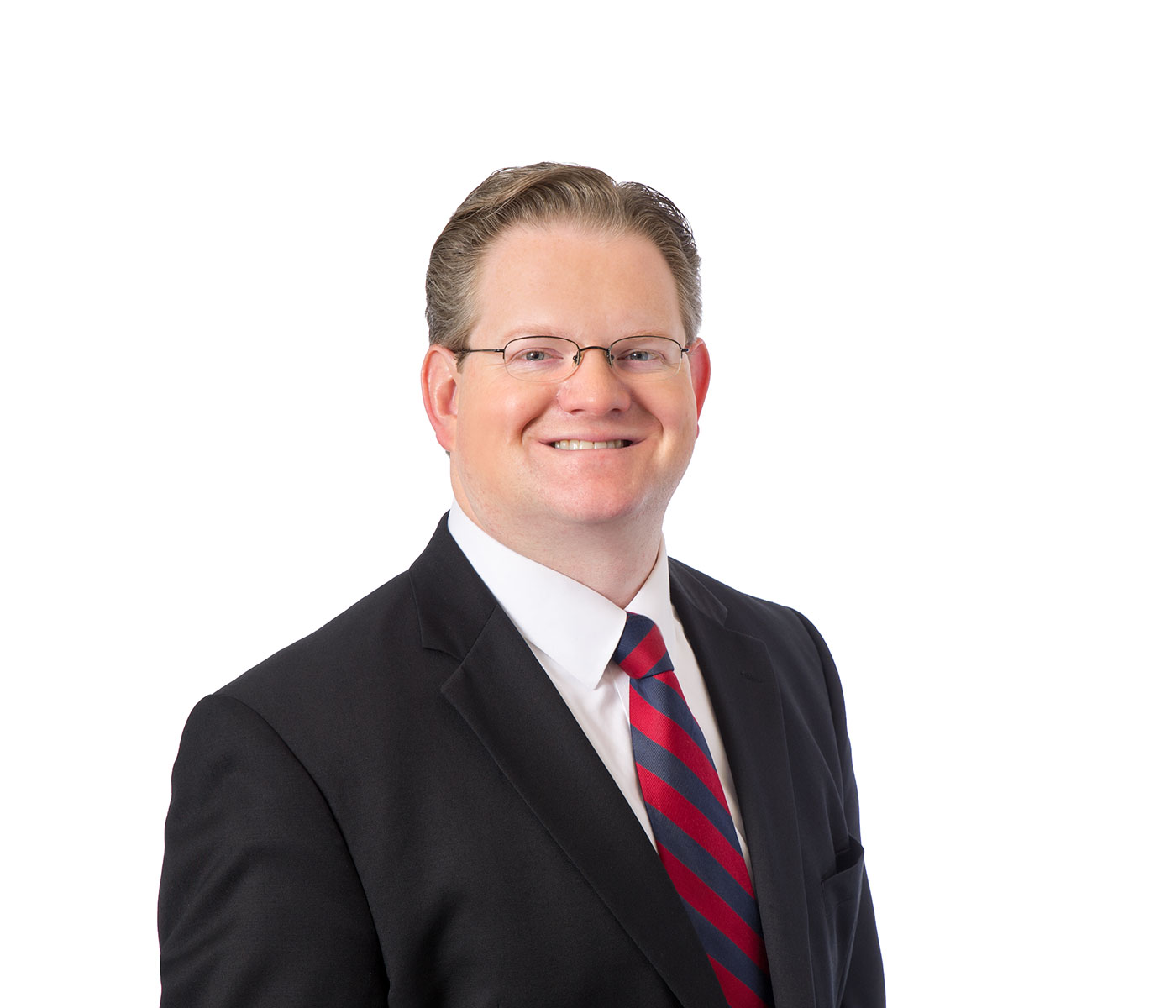Americans spend a lot of time at work. A recent study published by Bloomberg.com, in fact, suggests that the average American works almost 25 percent more hours than the average person in Europe. The raw numbers are about 258 more hours per year which averages out to about an hour more each week day. Comparing working life between countries in an apples-to-apples comparison can be tricky when considering the increasing frequency of remote work. Yet, most people would likely agree that Americans are putting in some real hours on the job.
With a new administration coming into office, there is plenty of speculation as to how workplace laws and regulations might change. While we’re all speculating, let’s consider a long gestating Republican initiative concerning work/life balance that just might become law during a Trump presidency—a re-introduction of compensatory time into private sector workplaces.
Compensatory Time (frequently referred to as comp time) is the practice of an employer providing future paid time off in lieu of immediately paying overtime wages for hours worked over 40 in a week. So, for example, if an employee classified as non-exempt under the Fair Labor Standards Act (FLSA) were to work 45 hours in a given work week, the employer and the employee could agree under a comp time scheme that the employee could bank 7.5 hours of paid leave time for future use. Public sector employers are likely familiar with comp time, as it is a common (and lawful) practice in the public sector. However, the FLSA currently only allows private employers to use comp time under very narrow and limited circumstances.
Congressional Republicans have been pushing the concept of making comp time schemes more broadly lawful for private sector employers for quite some time now. In 2013, the Working Families Flexibility Act was introduced and passed by the U.S. House of Representatives, before dying quietly in the U.S. Senate. The bill was re-introduced in the last Congress and, as the bill’s main proponents (in both the House and the Senate) will all return for the next Congress, it is likely to be re-introduced again. In addition, since President-Elect Trump’s nominee for Secretary of Labor, Andy Puzder (a fine Clevelander!), is a long-time advocate of FLSA reform and workforce flexibility, it is not unreasonable to believe a revamped Working Families Flexibility Act would be signed by President-Elect Trump.
The most recent version of the Working Families Flexibility Act placed a cap on comp time accrual at 160 hours a year. This is a lower cap than the FLSA currently imposes on public employers (240 hours for most public employees and up to 480 hours for safety and emergency forces). The latest iteration of the bill also required cash-out of unused comp time at year’s end. It is important to note that comp time arrangements (both currently for public employees and under the Working Families Flexibility Act’s proposed terms) must be voluntary, i.e. agreed-to ahead of time in writing either between employer and employee or between employer and a representative union.
Given that work/life balance is an enduring issue in the American workplace, employers should continue to evaluate policy tools by which employees can take a breather without unduly disrupting their employers’ operations.
Other (Less-Speculative) Wage and Hour Developments.
New FLSA Overtime Rules Remained Stalled: An injunction barring the implementation of new Department of Labor (DOL) regulations raising the minimum salary level for executive, administrative, and professional employees to be treated as exempt from the FLSA’s overtime requirements has been appealed by the DOL to the U.S. Fifth Circuit Court of Appeals. The Fifth Circuit agreed to hear the DOL’s appeal on an expedited basis but not before the new Trump Administration takes office. Again, the recent nomination of Andy Puzder (an outspoken foe of the new overtime regulations) as Secretary of Labor strongly suggests that this appeal will be abandoned and that the regulations will never be implemented (at least in their current form).
Ohio Minimum Wage Increases in 2017: As we previously reported, as of January 1, 2017, Ohio’s minimum wage will increase to $8.15 per hour for regular hourly employees. The minimum wage for tipped employees will increase to $4.08 per hour. Ohio’s minimum wage is currently $8.10 per hour for regular hourly employees. The minimum wage for tipped employees is currently $4.05 per hour.
Cleveland Minimum Wage Ballot Initiative Blocked: As we also previously reported, Cleveland voters were to decide in a special election in May whether to incrementally increase the minimum wage for businesses operating in Cleveland to $15.00 an hour. However, Governor John Kasich signed a bill prohibiting municipalities from passing minimum wage ordinances different from the state’s minimum wage.
George Asimou can be reached at 216-928-2899 or gasimou@walterhav.com.
 On June 27, 2018, the United State Supreme Court in Janus v. AFSCME, overruled its 1977 decision of Abood v. Detroit Board of Education, and held that unions may not charge “agency fees” (known as “fair share fees”) to public employees who choose not to join the union. The Court found that payment of fair share fees by non-union members violates the First Amendment, which includes the right to be free from compulsion to engage in speech contrary to one’s beliefs.
On June 27, 2018, the United State Supreme Court in Janus v. AFSCME, overruled its 1977 decision of Abood v. Detroit Board of Education, and held that unions may not charge “agency fees” (known as “fair share fees”) to public employees who choose not to join the union. The Court found that payment of fair share fees by non-union members violates the First Amendment, which includes the right to be free from compulsion to engage in speech contrary to one’s beliefs.